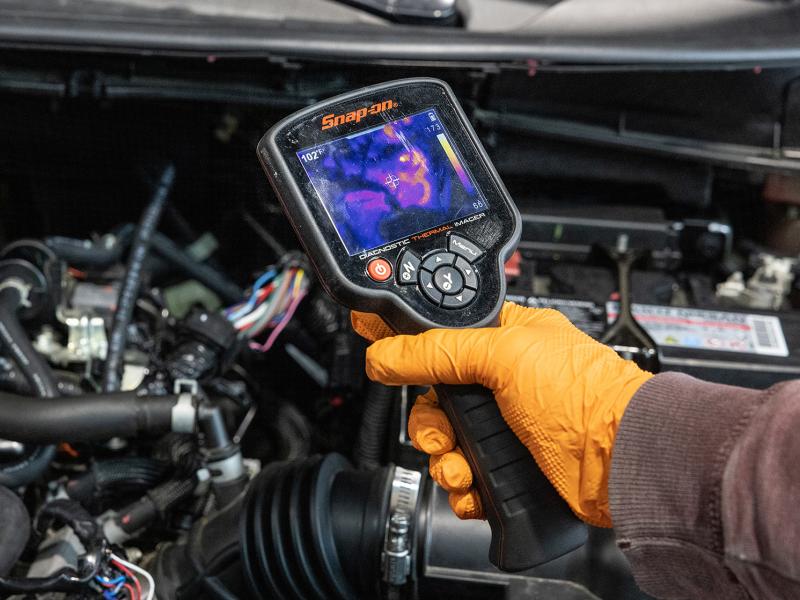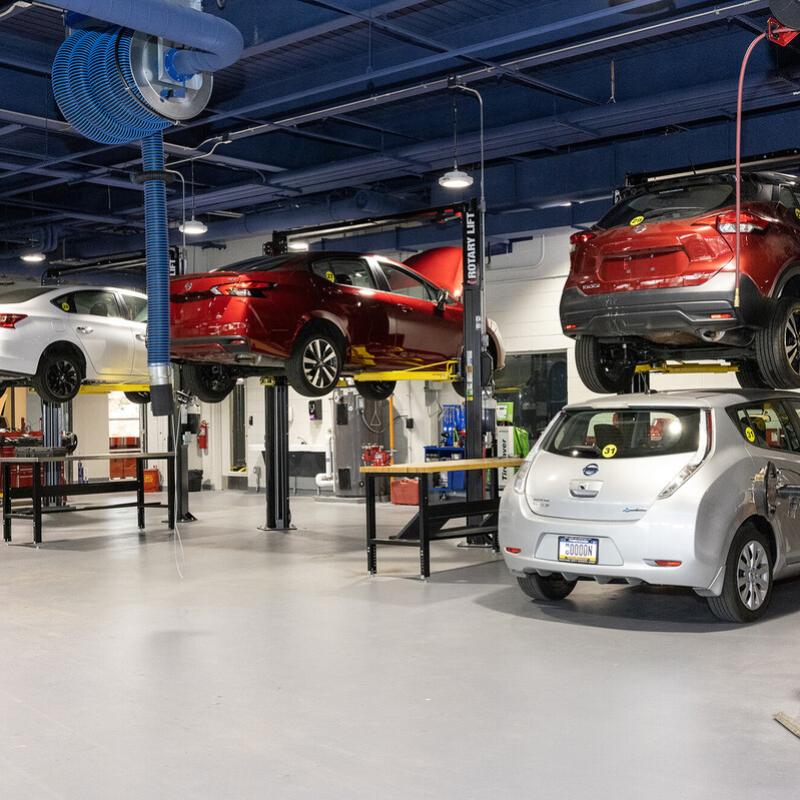Alternative Fuels — Electric Vehicles and Hybrids Proficiency Certificate
This micro-certificate complements automation technology degrees, offering crucial skills to navigate the rapidly evolving automotive industry. With the federal government's substantial investment in electric vehicle charging stations and a target of 50% electric vehicles by 2030, proficiency in electric and hybrid vehicle maintenance is becoming essential. Designed as an extension to the Automotive technology course, it ensures students stay abreast of current and future market trends.
-
Program Duration: Short-term
-
Degree Type: Proficiency Certificate
-
Total Credit Hours: 6

About This Certificate
The curriculum focuses on diagnosing electric and hybrid vehicle issues, utilizing cutting-edge technology for repairs, and prioritizing a safe working environment. Open to current and prospective automotive technology students, the program will be conducted at the Career and Advanced Technology Center, aligning education with industry advancements.
Course Sequence

Launch Your Career in Automotive Services
- Automotive Engineering Technicians - est. salary $71,602
- Automotive Service Technicians and Mechanics - est. salary $52,371
- Electronic Equipment Installers and Repairers, Motor vehicles - est. salary $50,146
Career Outlook
Median salary for Automotive Engineering Technicians
Number of Jobs in the Region
10-year Job Outlook in the Region for First-Line Supervisors of Mechanics, Installers, and Repairers Automotive Engineering Technicians
Automotive Engineering Technicians
Supervise and coordinate assignments of mechanics, installers and repairers.
Starting Pay: $45,594

Typical Tasks
- Document test results, using cameras, spreadsheets, documents, or other tools.
- Set up mechanical, hydraulic, or electric test equipment in accordance with engineering specifications, standards, or test procedures.
- Read and interpret blueprints, schematics, work specifications, drawings, or charts.
- Inspect or test parts to determine nature or cause of defects or malfunctions.
- Monitor computer-controlled test equipment, according to written or verbal instructions.
- Analyze test data for automotive systems, subsystems, or component parts.
- Perform routine maintenance such as changing oil, checking batteries, and lubricating equipment and machinery.
Let's Get Started
